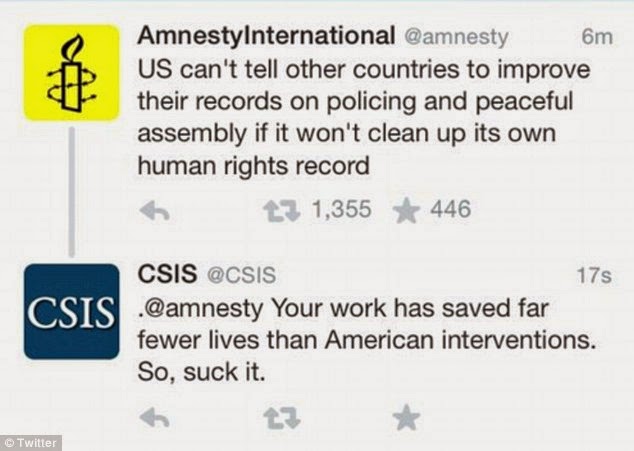Time for Desert Communities to Take PRIDE

The Daily Press and residents of the Victor Valley in the western Mojave Desert are issuing a PRIDE (People Ready to Improve the Desert Environment) challenge to address the many facets of blight that are evident in the region. As a kid playing in the open desert across the street from my Victorville home in the 1980s and 90s, I would find trash dumped by residents too lazy or cheap to responsibly dispose of tires, furniture and other refuse. I have written before about the need for desert communities to respect themselves and surrounding wildlands, in part by minimizing our impact on desert habitat and keeping both the desert and our cities clean. The lack of respect by some leaves an impression for all to see, but how long we tolerate the mess is ultimately up to all of us. In a single hour, my sister and I were able to fill five large bags of trash that we removed from a small patch of Joshua tree and pinyon juniper habitat in the western part of the Victor Valley. No




